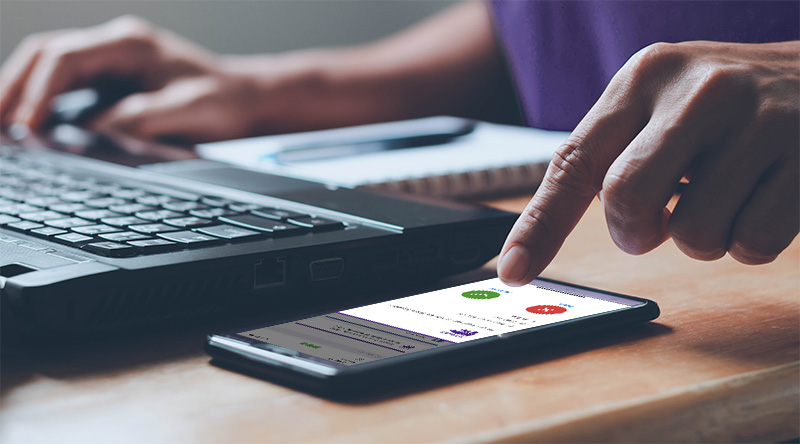
Division of Information Technology
*Remove this*
How can we help?
Get Help:Search Knowledge Base•Submit a Help Ticket•View My Tickets•Live Chat
IT Services and Resources
What's Happening

Get a quick overview
of the information technology services available to you at K-State.

Learn the steps you can take to keep your computer secure and your information safe.

Read the blog to learn about the latest information technology news at Kansas State University.